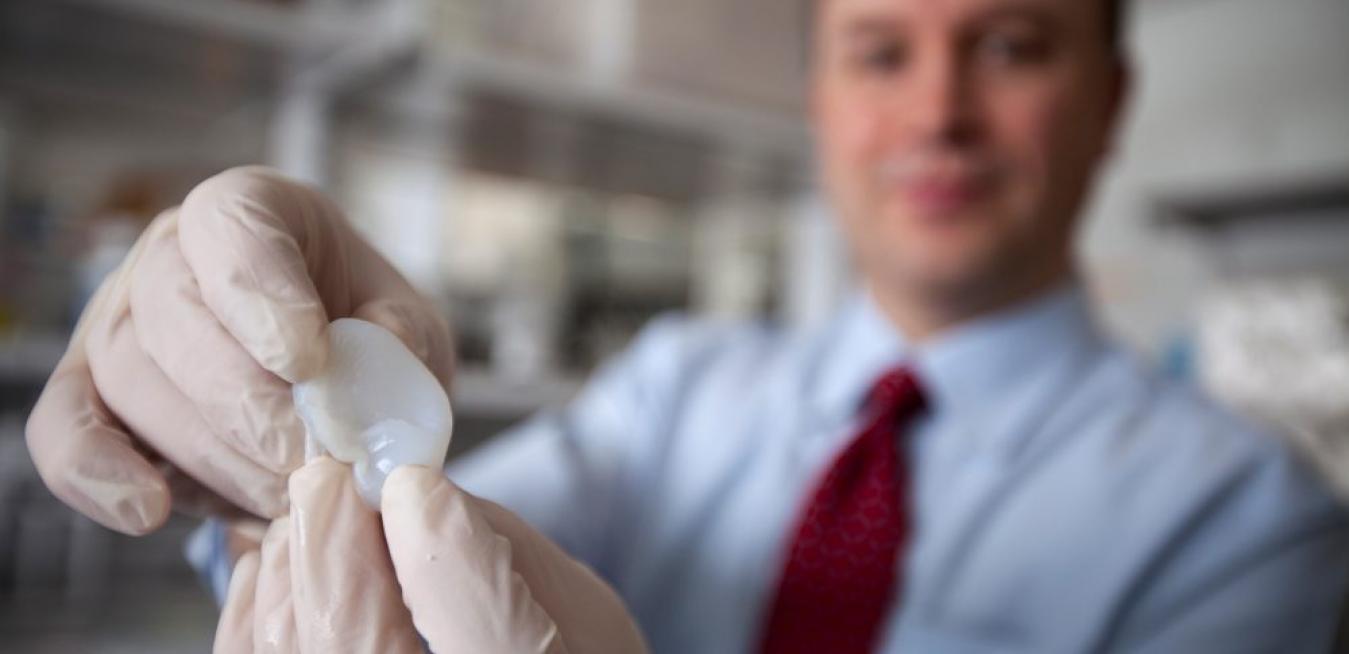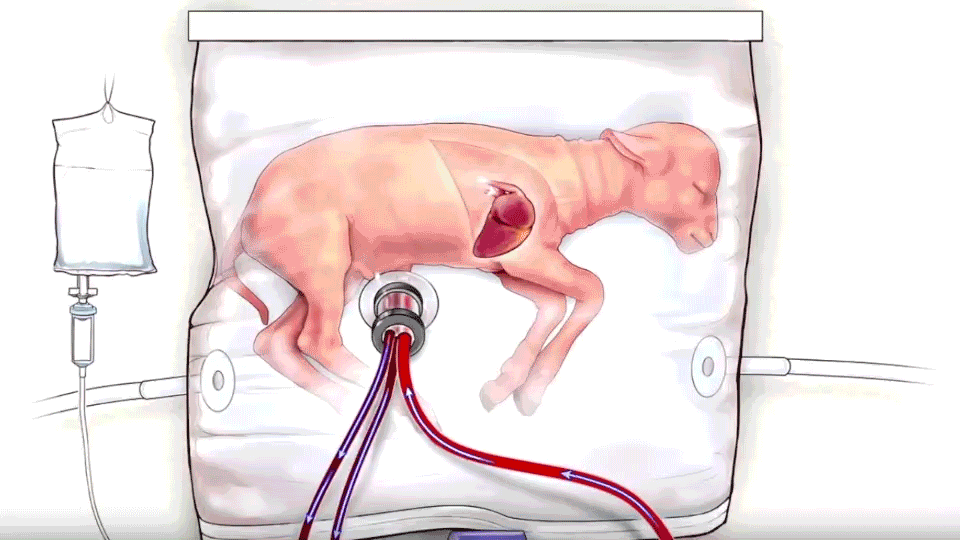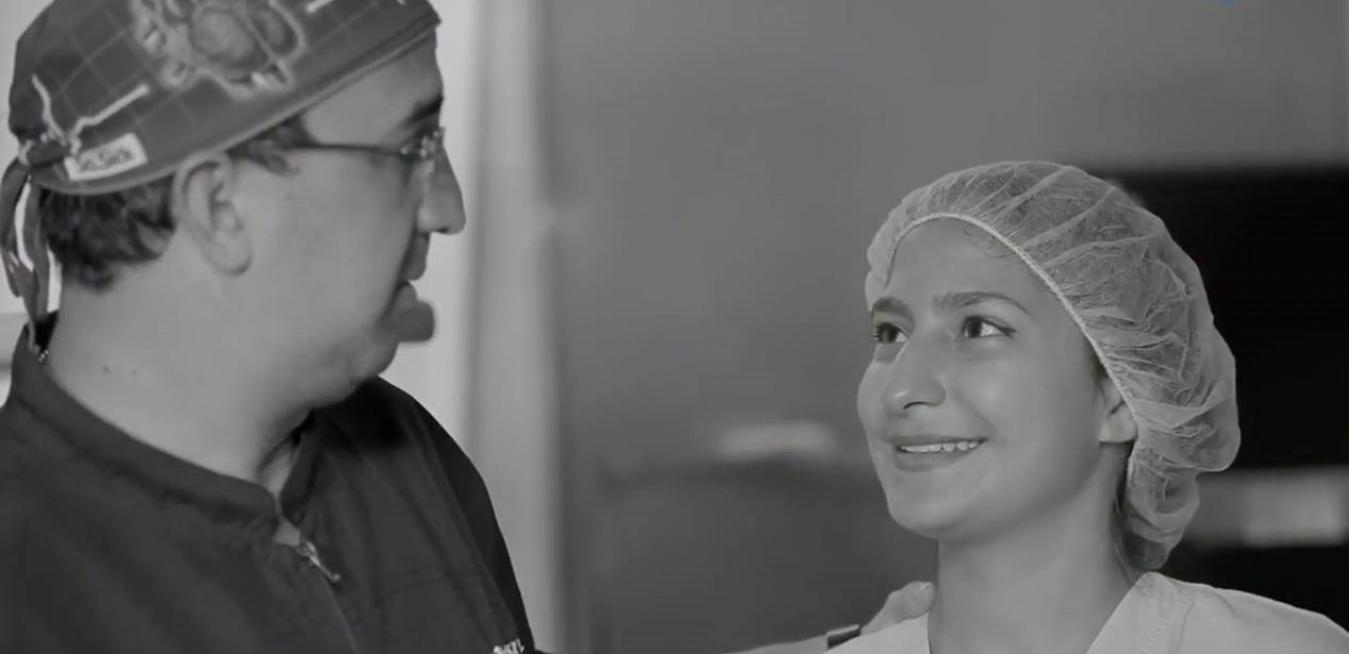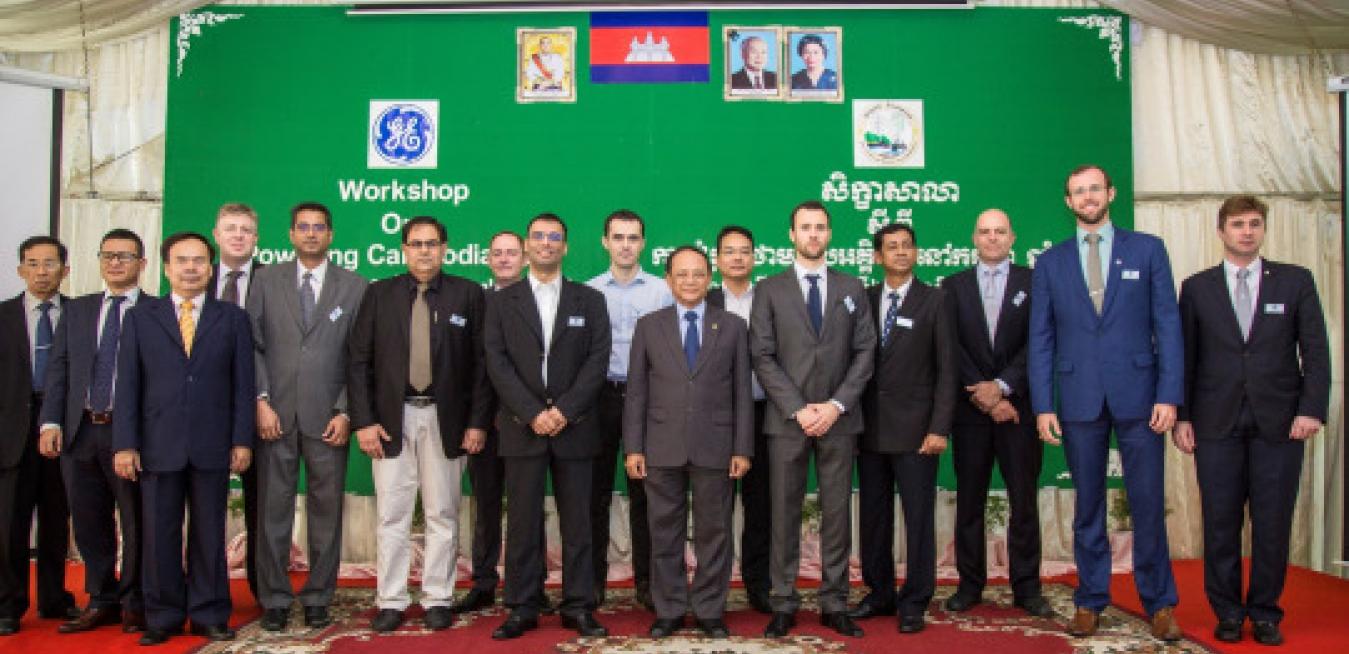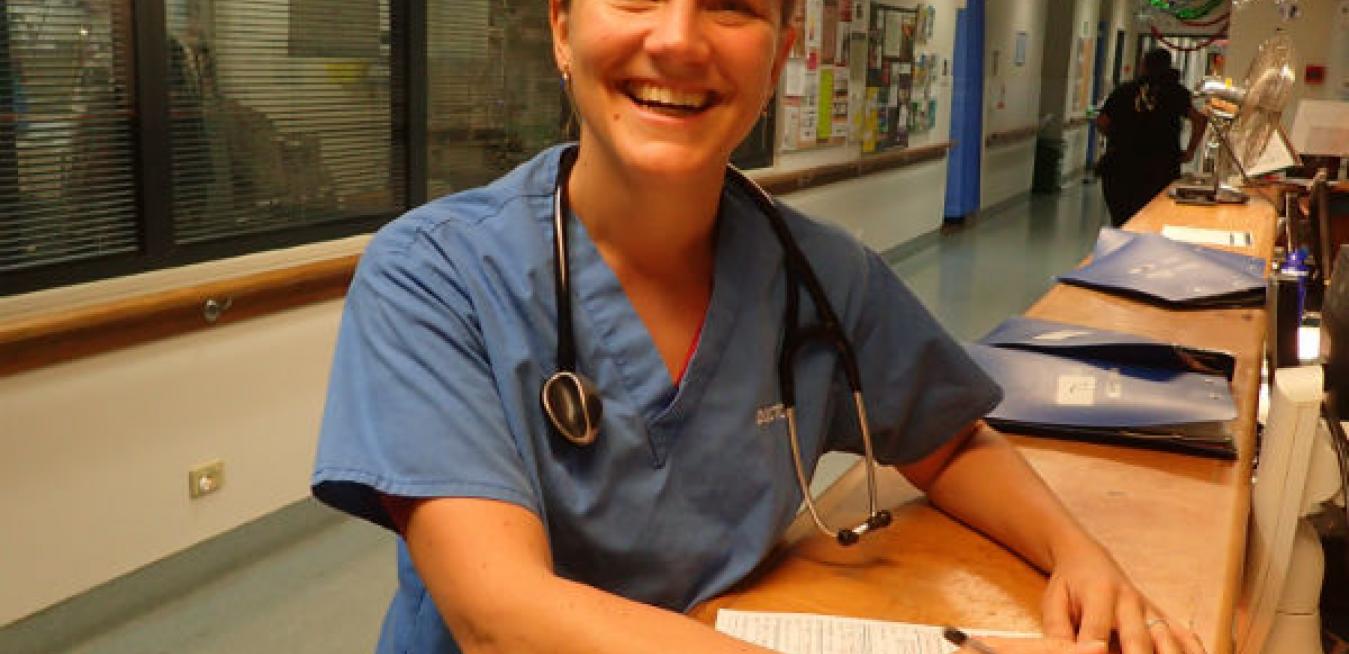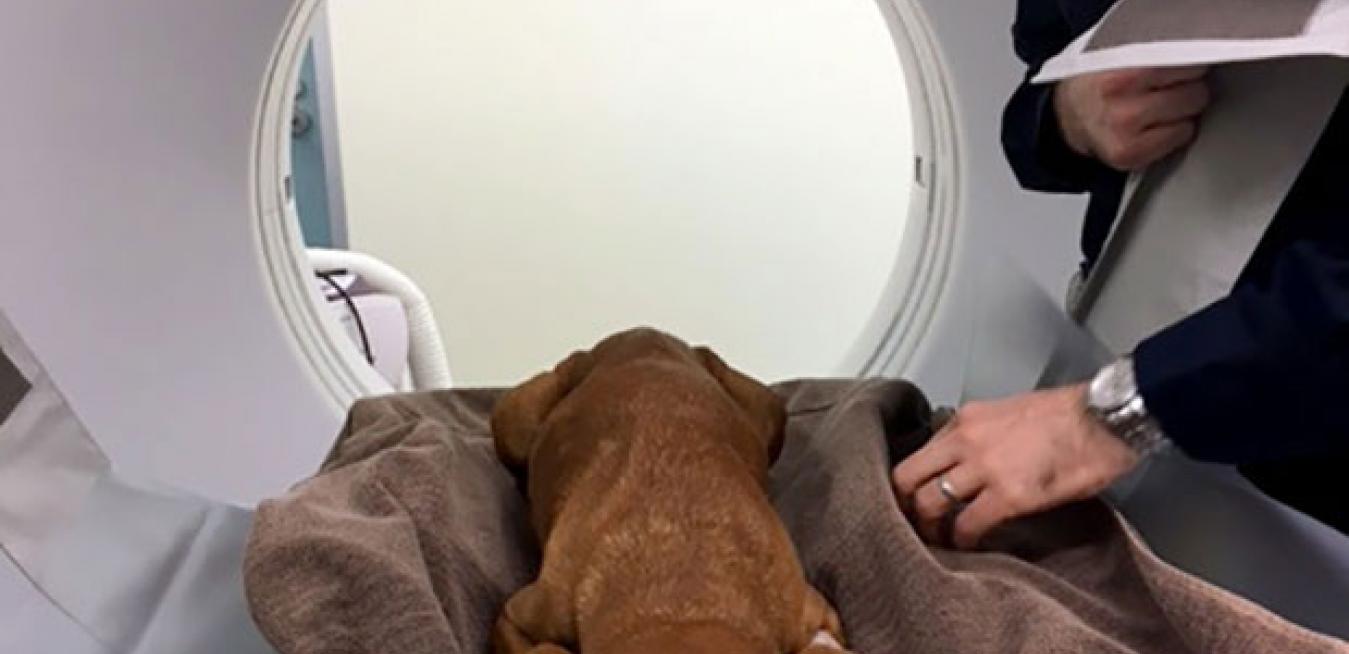Imagine if any patient could be at the top of any donor recipient list. As Baby Boomers reach their retirement years, policymakers and leaders in medicine are scrambling to find better health outcomes with lower expenses. Additive manufacturing could provide a real breakthrough in treating patients around the world, writes John Menna, Vice President of Global Strategy for Healthcare Logistics at UPS.
Even as people around the globe enjoy longer, healthier and more productive lives, the rising cost of healthcare threatens to impede such progress.
This Artificial Womb Could Save Premature Babies
[embed width="800"]https://www.youtube.com/watch?v=z7OsEGT9d3o[/embed]
The U.S. ranks first in per capita health spending but last in health system performance of 11 major developed countries. And the way we use our money for health care -- 38 percent of which goes to hospitals -- hasn't changed much in 50 years. Sam Glick, a partner in Oliver Wyman’s Health & Life Sciences practice, discusses whether moving spending away from hospitals will help fix our health care challenge.
Organized by Cambodia’s Ministry of Mines and Energy (MME) and GE, the event attracted industry stakeholders including government officials, business and power sector leaders, investors, and GE experts from around the world, to discuss new solutions to help Cambodia reach its energy goals.
Travel to the northernmost point of Australia’s mainland, and then another 39km across the Torres Strait and you’ll reach Thursday Island, one of the country’s most remote communities. A year ago, Emma and Lindsay Pickstone moved here with their two young children and began working at the local hospital, she as a doctor and he as a mechanical engineer, pursuing their shared ambition to help improve the lot of Australia’s disadvantaged populations.
His luck continued to point upwards when vets gently sedated him for an examination in their brand new CT scanner, which uses multiple X-ray “slices” to build up a detailed image.






